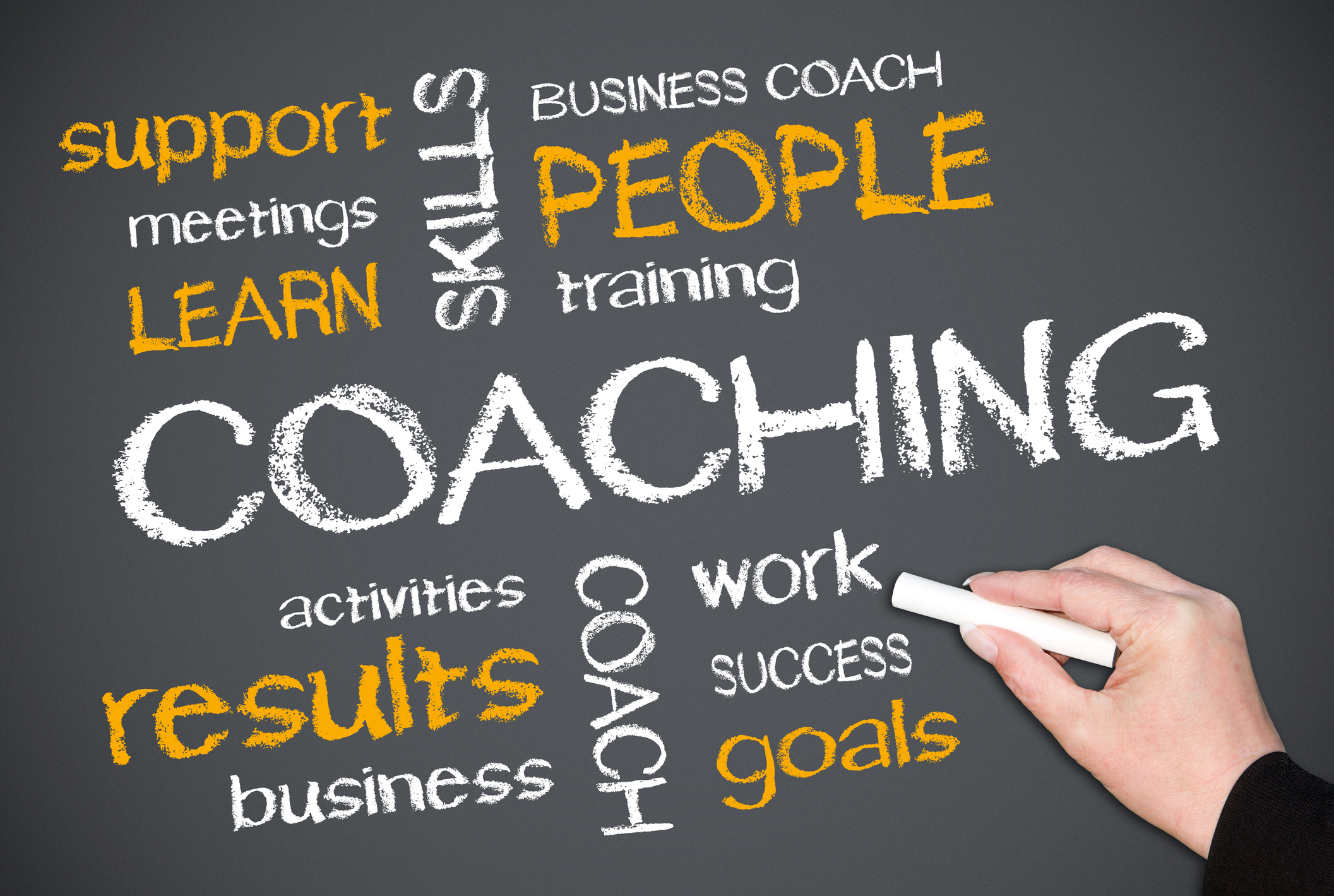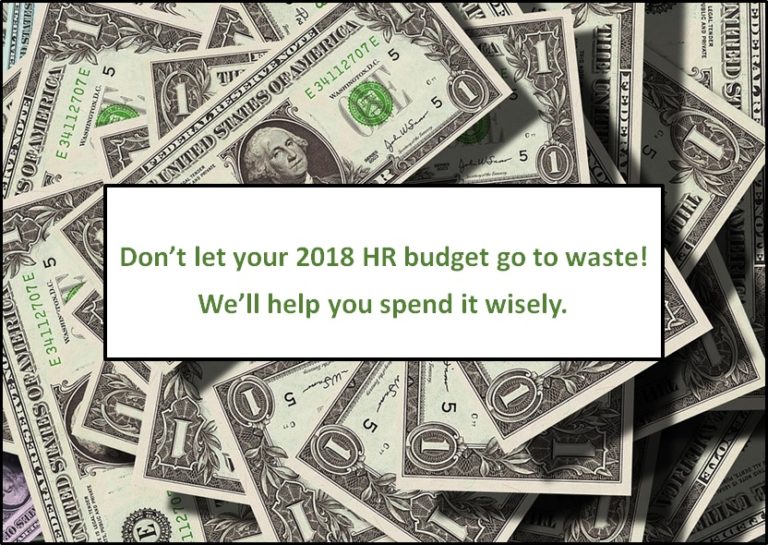In my work with organizations I have two focus areas – Executive Coaching and HR Consulting. Keeping clients abreast of new and changing legislation in the dynamic world of California labor law falls into the HR Consulting bucket, but is also important for the executives I coach.
Here’s an update on some key legislation affecting employers in 2019.
New Restrictions on Sexual Harassment Settlement Agreements
Two recently enacted laws will make it more difficult for employers to resolve workplace sexual harassment and discrimination disputes.
The Code of Civil Procedure Section 1001 prohibits settlement agreements that bar the disclosure of facts related to claims filed for:
- Sexual assault
- Sexual harassment
- Workplace harassment or discrimination based on sex
- Failure to prevent harassment or discrimination based on sex
- Retaliation against a person for reporting harassment or discrimination based on sex
The law allows the identity of the claimant, and any facts that could lead to the discovery of that identity, to remain confidential if requested by the claimant. Employers are still allowed to enter into settlement agreements that prohibit the disclosure of the settlement amount.
Another new law, SB 1300, amends California’s Fair Employment and Housing Act (FEHA) by placing additional limits on settlement agreements. Employers are now prohibited from requiring an employee, as a condition of employment or in exchange for a bonus or raise, to sign a non-disparagement agreement that prevents the employee from disclosing information about unlawful acts in the workplace. The law also adopts a lower standard for liability, as such:
- A plaintiff does not need to prove that tangible productivity has declined as a result of the harassment.
- A single incident of harassing behavior may be enough to create a hostile work environment. Proof of a pattern of harassing behavior in the past is no longer required.
- Harassing behavior is not acceptable based on historical norms, or industry or company custom.
As an employer you should review your harassment policies to ensure that they align with the recent changes in law. Also, take complaints seriously! Remember to always investigate claims using qualified, impartial investigators, and take corrective action. Create a culture that makes it very clear to leaders and employees that harassment of any kind will not be tolerated.
California has expanded mandatory anti-harassment training to smaller employers
Employers with at least five employees must conduct mandatory sexual harassment training by the end of this year to comply with SB 1343, passed in 2018. SB 1343 requires that training of both supervisors and non-supervisors be completed by January 1, 2020. Training for supervisors must be at least two hours, and training for non-supervisors must be at least one hour. Training must be repeated at least every two years. Remember to keep records of training received by employees and supervisors.
Managers may be personally liable for wage and hour violations
According to a recent decision by a California appellate court (Atempa v. Pedrazzani), an owner, officer or managing agent of a corporate employer can be held personally liable for civil penalties for unpaid wages or overtime.
The plaintiff in this case worked at a restaurant owned by Pama, Inc. He sued the company for unpaid overtime, meal period and rest break violations. When Pama, Inc. filed for bankruptcy, the plaintiff successfully pursued recovery from the restaurant owner, Paolo Pedrazzani.
What this means for you as an employer is that you need to be sure that you and your managers consistently follow wage and hour rules. Even unintentionally failing to comply with the law can create personal liability.
Other legal decisions of note
Caldera v. Department of Corrections and Rehabilitation. The plaintiff in this case sued for harassment on the basis of disability after being taunted by his coworkers about his stuttering over a period of two years. The employer argued that the company had an informal, “joking” culture and that the behavior was not severe. The plaintiff won a $500,000 settlement.
This goes back to what I said earlier about creating a culture that is non-tolerant of harassment in any form. Again, the threshold for harassment has been lowered and a pattern of behavior is no longer necessary to prove harassment. If one of your employees is offended by harassing conduct you face potential liability even if the majority of employees are not bothered by the behavior. Again, take complaints seriously and investigate claims right away.
Hurley v. Department of Parks and Recreation. In this case a manager had disclosed private information about a subordinate to a non-manager, violating the plaintiff’s right to privacy. This decision points up the fact that managers should only disclose information about subordinates on a need-to-know basis and never to non-managers. The manager in this case maintained a “drop file” on the plaintiff, containing work performance as well as private information. Private information about employees should only be stored in files maintained by human resources with proper confidentiality protections.
Important updates on the use of arbitration agreements in CA
Epic Systems v. Lewis. In this case the U.S. Supreme Court ruled that the National Labor Relations Act (NLRA) does not prevent employers from making mandatory arbitration agreements a condition of employment, even with a provision waiving the employee’s right to a class action claim.
Along these same lines, two other opinions favored employers with regard to arbitration agreements.
In Sonic Calabasas Al, Inc. v. Moreno, the court ruled that an employer may require an employee to resolve wage disputes through binding arbitration. In Iskanian v. CLS Transportation Los Angeles, LLC, the court rule that an employer may require an employee to pursue claims as an individual and not as part of a class action suit. If you have not implemented mandatory arbitration agreements, I suggest you seek legal advice about the pros and cons of implementing an agreement for your organization.
If you would like more information about any of these legal updates and how they apply to your organization, please contact me for a consultation. Michelle@connecttohr.com.











 about their customers, about their community – significantly outperform their less-caring peers. People want to work there. Customers want to buy there. And they all want to tell their friends.
about their customers, about their community – significantly outperform their less-caring peers. People want to work there. Customers want to buy there. And they all want to tell their friends.


